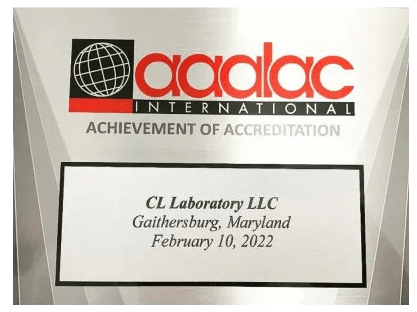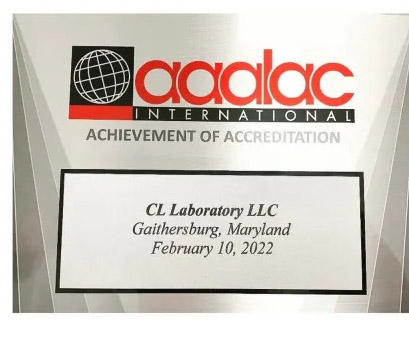Frequently Asked Questions
What is the difference between CL Laboratory and other cardiovascular CRO?
We have extensive documented expertise in cardiovascular research and drug screening, specifically ischemia-reperfusion injury, post-myocardial infarction remodeling, transverse aortic constriction, and diabetic cardiomyopathy. We integrate innovative technology and the latest knowledge into our approaches, making research productive and outstanding.
What is the advantage of your mouse MI model?
Because we have extensive knowledge about cardiovascular microsurgery, physiology, and anatomy, our expertise minimizes undesired surgical injury and reduces potential study confounders. Mice have a high post-MI survival rate, with large infarct size (therapeutic effect is more likely seen). We record electrocardiogram (ECG) during the procedure. Only mice with ST elevation, a reliable indicator of MI, will be included. This prevents experimental variation resulting from non-infarcted mice.
Where do you perform animal procedures?
Our facility is located at 910 Clopper Road, Gaithersburg, MD 20878 within the Gaithersburg Technology Center. All research is conducted in a centralized rodent vivarium. Animals are housed in the latest Innovive disposal primary enclosure system on state-of-art, climate controlled IVC racks. The facility provides top notch biosecurity and employs animal care staff, supervisors, and veterinarians with years of experience in biomedical research.
Where do you import animals?
Our rodents are imported directly from AAALAC accredited primary vendors including The Jackson Laboratory, Charles River, Taconic Biosciences, and Envigo. We can import animal models from your institution after appropriate precautions are taken and our Attending Veterinarian approves the animals’ health condition.
Do you have approved animal protocol for each procedure?
Yes, in compliance with all laws, regulations, and accrediting guidelines associated with use of animals in biomedical research, each study we perform is first approved by the facility’s Institutional Animal Care and Use Committee (IACUC).
What happens if mice die during a procedure?
We purchase an additional 10% of the requested rodents, with no added charge to you. Your target sample size will therefore never be affected by mortalities occurring during the induction phase.
Will you sign a non-disclosure agreement before you start?
Yes, we will not disclose any information to a third party without your permission.
What happens if mice die during a procedure?
We purchase an additional 10% of the requested rodents, with no added charge to you. Your target sample size will therefore never be affected by mortalities occurring during the induction phase.
What is the advantage of your animal models?
Because we are well versed in cardiovascular microsurgery, physiology, and anatomy, our expertise minimizes undesired surgical injury and reduces potential confounding factors. This lays a solid foundation for your project success.
If I need 24 mouse models of myocardial infarction, how long will it take to get the work done?
We can purchase mice right after receiving your study design. Once we obtain the mice, we can make up to 15 models a day. The entire process may take two weeks from making a request to receiving infarcted mice.




